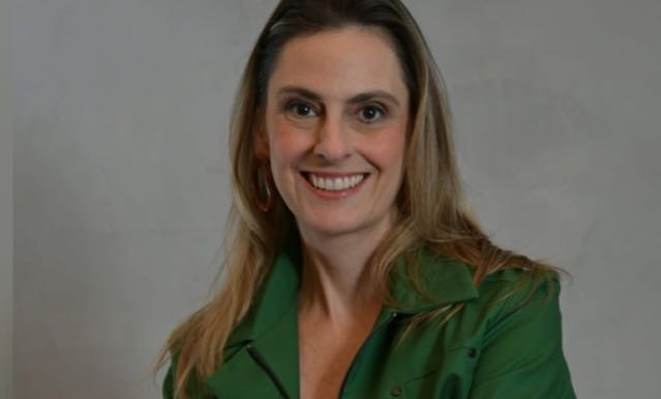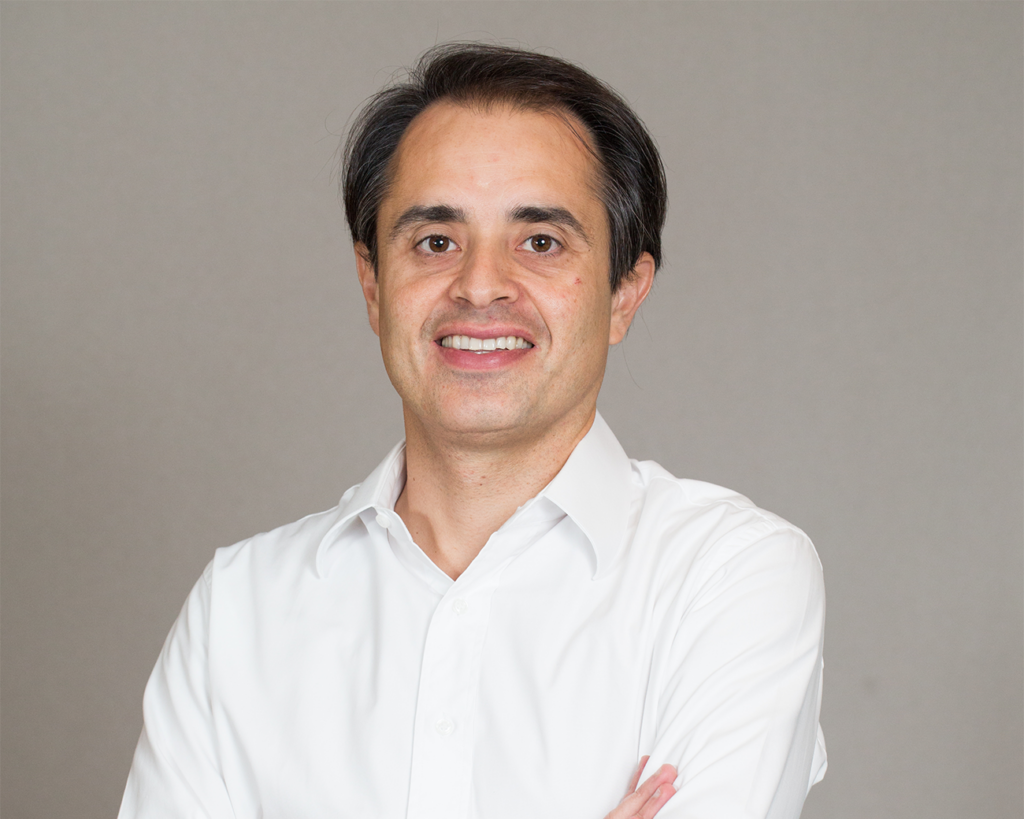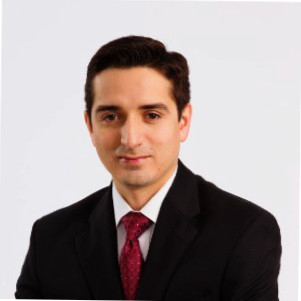LP Profiles, Member Profiles
An Interview with Susana Garcia-Robles, FOMIN
16 May 2013

LAVCA Board member Susana Garcia-Robles discusses the important role played by multilateral investment funds like FOMIN in supporting the growth of VC funds and cultivating a culture of entrepreneurism in Latin America.
LAVCA: Please give some background on FOMIN and its mission. What are your assets under management?
Garcia-Robles: The MIF started as a bi-partisan initiative in 1992, and was fully incorporated as an independent trust fund of the Inter – American Development Bank in 1993. It was thought to be mainly a grant-making institution to help the wave of privatizations in Latin America, but by the time the MIF was operational, the focus switched to try to help the LAC region be more competitive vis a vis other regions. A Small Enterprise Investment Fund (SEIF) was attached to the grant operations of the MIF, to be the vehicle for financial reimbursable projects. The MIF started investing in seed and venture capital funds in 1994, acting as a fund of funds within the MIF. To-date, the MIF has 2.7 BN in AUM, roughly 30% of them are allocated in financial projects and, of those, 15% are allocated in seed and venture capital funds. Our focus is exclusively in Latin America and the Caribbean.
LAVCA: What are your investment criteria, by size of fund, geography, strategy? How has this evolved over time?
Garcia-Robles: The reason we started focusing on seed and VC was because of its link with innovation and jobs creation. Our investment criteria reflected our mission of being a laboratory of innovation for the region, with a high appetite for risk.
In the beginning we focused on supporting new local fund management teams with or without prior fund management experience, targeting small companies (defined as up to 100 employees and US$ 3 MM in sales) through the funds we invested in. We also had the goal to attract private investment to seed and VC. In terms of geography, we diversified by investing in regional, country and state funds, and setting defined amounts for interventions (up to US$ 5 MM in a country or state fund, and up to US$ 10 MM in a regional fund).
We always co-invest with others and only through funds. We do not make direct investments in companies. In the beginning, most of our co-investors were government agencies, multilaterals and European DFIs, and a few private investors. As our portfolio grew and we became more known in the region, our set of private sector co-investors also grew, including foundations, multinational companies, big pension funds and quite a few high-net worth individuals.
This approach allowed us to test many models, understand the minimum critical size for a fund to be sustainable, and focus on the countries that were showing a better promise, in order to gather experiences and lessons learned that could be applied and adapted to other countries.
Today, we keep investing in first-time fund managers, but we also see that some of them still need our support for their second or third funds; we have established that the minimum capitalization for a seed/VC fund to start operating is at least US$ 20 MM, with a goal to reach US$ 30-50 MM. Our companies’ profile has changed to firms with up to 100 employees and US $5 MM in sales and/or assets. With more investors coming into this segment, and the market recognition of the MIF as a catalytic investor, we have been able to mobilize for every dollar the MIF invests—up to 10 dollars from public and private sources. As a consequence, we have lowered our investment tickets to US$3-5 MM, and our participation in the funds today usually is not higher than 20%. More and more, our focus is on supporting innovative technology companies ranging from the typical Silicon Valley company, to firms applying technology to traditional sectors and to providing solutions to the growing middle class that has recently moved out of poverty.
LAVCA: What can you share about the performance of FOMIN backed funds?
Garcia-Robles: The MIF today has an active portfolio of 53 funds, if we count a few that are actively fundraising or recently approved. In Brazil, the MIF has 17 funds, and five of them—although not fully exited—have already returned capital, hurdle rate and gains. In some cases, these returns have been 4 times our capital invested. We also have promising single exits in our funds in Mexico and Colombia, and a healthy and promising performance in younger funds in Chile and Central America. Since 1996 we have pioneered investing in a region that had suffered many crises and volatility. Our strategy of never pulling out of the region, avoiding second guessing, and continuing to invest every year in a few funds has paid off. Our expected return on our technology portfolio of funds matches market expectations in developed markets.
LAVCA: How do you go about finding and selecting the best fund managers? How do you evaluate first time funds or managers?
Garcia-Robles: In the beginning, we did country visits and attended conferences to understand who the players in our niche were, etc. Today, the MIF is a well-known active investor in the region and it’s hard to find many teams who have not been analyzed by us. Out of 20-30 proposals we receive in a year, we have capacity to invest in only 4-5 funds looking to invest in the “first-timers” with the best chances to succeed. With the passage of time and drawing from our own lessons learned, the MIF has developed an expertise in discovering talent among fund managers. These teams are often overlooked by the industry, since they don’t exhibit the expected track record of having successfully divested from earlier VC funds. The main characteristics of these teams are: (i) partners who have studied or worked overseas and have been exposed to the industry in developed markets; (ii) partners who returned to their countries with a life project to start its own management company; (iii) partners who seek other friends or colleagues as committed as they are to start the venture; (iv) partners who have been successful and have deep pockets, capable of affording a first fund that may only deliver attractive returns to their investors, but will secure their following funds; (v) partners who have a deep network that will be key to their success in fundraising, developing a sound pipeline and exiting; and (vi) partners who gather a team with diversified skills: entrepreneurial, consulting, financial, commercial and operational, as well as expertise on the sectors targeted by the fund. This profile has proven for us to a recipe for success.
LAVCA: What are the key characteristics of the best Latin American fund managers?
Garcia-Robles: They have a tremendous sense of commitment to make the industry flourish in their countries; they know their countries, and many become active in VC associations as a way to strengthen this lobby for regulatory changes. Many of them could have stayed in a developed market with a great paying job, but decided to be entrepreneurial themselves and return to their countries to put their dreams and dollars to work.
Since seed and VC are by nature very hands-on, the best teams are the ones with a good combination of skills: financial, sector and industry expertise, entrepreneurial, a record of investments as angels, operational experience running a small company, some exits achieved as entrepreneurs, etc.
LAVCA: What Latin American countries are of particular interest to you right now? Has this changed since you first started investing? Are there markets that you specifically avoid?
Garcia-Robles: What we learned soon after we started investing was that the environment counts for a lot. So we were lucky enough to be able to use our grant arm to work with governments and foundations creating programs that foster the establishment of dynamic entrepreneurial ecosystems. Our emblematic program has been the 2000 INOVAR Program with FINEP in Brazil: a game changer responsible for attracting over US$ 2 BN to SMEs, creating 25 new management teams, and attracting the largest pension funds in Brazil to the industry. We have worked with Chile, Peru, Colombia, Costa Rica and Jamaica to bring the experiences of INOVAR to their own countries, providing a model for jump-starting seed and VC in LAC.
So we focus on countries that have the best (none of them have the ideal) ecosystems: Brazil, Chile, Colombia, and Mexico. And then we move on to the second set of countries that have some of the makings for a good ecosystem, and are working hard to get it right: Uruguay, Panama, Peru (very incipient for seed and VC activities), Costa Rica and Jamaica. These other places need our support via grants to start improving the investment environment, and can be tackled through regional funds, rather than funds from single countries. Currently only a few countries do not offer the right conditions to invest, but we are discovering angel investors who are beginning to plant the seeds of what the industry can be once those conditions improve.
LAVCA: Are there firms that are defined as “impact investors”, seeking a double bottom line, in FOMIN’s portfolio?
Garcia-Robles: We have a few teams who formally define their funds as impact investment funds (IGNIA, Inversor and Vox Investimentos), but we like to avoid further segmentation in an industry that is still nascent in the region, and support a mainstreaming of the concept. It is hard to think that, given the same quality and potential return, an investor would choose to invest in a fund or company that doesn’t promote a triple bottom line approach: profits, people, and planet. Many of our agribusiness and technology funds–regardless of whether or not they are called “impact investment funds”—have a tremendous social impact. Other funds are also working with indigenous communities to help commercialize their organic products, effectively turning them into more successful and profitable businesses.
LAVCA: FOMIN recently approved a $5 million commitment to NXTP Labs to promote the expansion of the technology start-up accelerator model in Latin America. Tell us about the strategy behind that funding.
Garcia-Robles: NXTP Labs is an outlier in our portfolio: it is an investment in an accelerator, which has a different strategy than your typical seed or VC fund. NXTP Labs combines a training program with massive outreach to entrepreneurs who may or may not succeed in their ventures, exposing them to mentors and angel investors in the process. We are testing the Silicon Valley YCombinator model with this investment and, if successful, it may lead us to re-think our investment strategy to make more investments in accelerators overall. NXTP will invest in approximately 200-250 start-ups in the digital, mobile and technology sectors. The fact that the NXTP team counts on an extensive network of entrepreneurs, angels and mentors, along with a track record of 70+ investments in the region and one successful exit—all within in 18 months—also appealed to us. The more we support outlets to support the creativity of entrepreneurs, the more we are helping LAC economies to become more innovation-driven, with high quality jobs and better standards of living. Our investment in NXTP Labs also complements our other investments in seed funds like Fondo Emprender Uruguay, Angel Ventures Mexico, Performa and C-Ventures in Brazil, as well as new opportunities we are looking into for 2013.
LAVCA: Given your long experience backing venture capital funds in Latin America, what is your view on the generation of funds in the market today? What risks do managers face?
Garcia-Robles: The seed and VC industry remains small in LAC, although growing and finally attracting investors from Silicon Valley who are making direct investments or opening shops in the region. There are many funds that are doing very well, but the portfolio of seed and VC funds is still young, with very few having returned capital plus gains to investors, so the jury is still out. But what we know is that the capital gains that have been returned have surpassed what other developed markets have delivered in recent years, confirming that LAC is a promising destination for early stage investments. Entrepreneurs and management teams are born global these days, so although there is a healthy competition, there is also a healthy collaboration among countries where teams are working together to expand companies. This is the new generation of fund managers we see in our pipeline: connected with the region and developed markets in sync.
The biggest risk I see for managers in this space is the fundraising environment that has been affected by the global crisis, which does not allow them to raise funds with a critical mass. Some managers who operate in countries where investors ask for rights not perceived as best practices in the industry (e.g., participation as voting members in the investment committee) are met with skepticism from internationals, even if they have delivered returns. This is too bad because these teams are still pioneers in the region.
You may be interested in...
-

Luciana Antonini Ribeiro, eB Capital
Executive: Luciana Antonini Ribeiro, Co-Founder and CIO Member Name: eB Capital Year...
-

Cristiano Gioia Lauretti, Kinea Private Equity
Member: Kinea Executive: Cristiano Gioia Lauretti, Head of Private Equity HQ: São...
-

Maria Pia Iannariello, MGM Innova Capital
LAVCA recently spoke with Maria Pia Iannariello, Co-Founder & COO of MGM Innova Capital,...
-

Rafael Ramirez, Portfolio Manager, Alaska Permanent Fund Corporation
LAVCA recently spoke with Rafael Ramirez, Portfolio Manager– Private Equity &...
